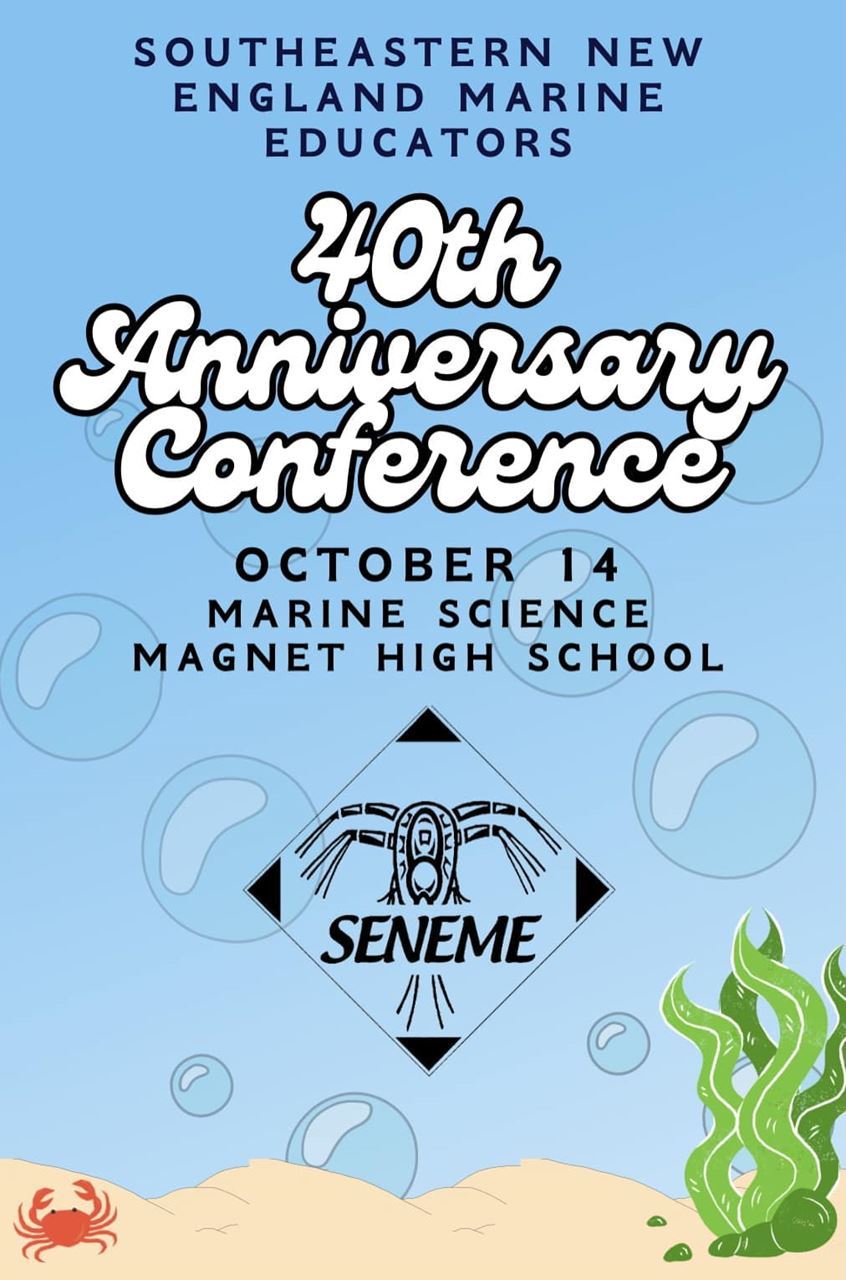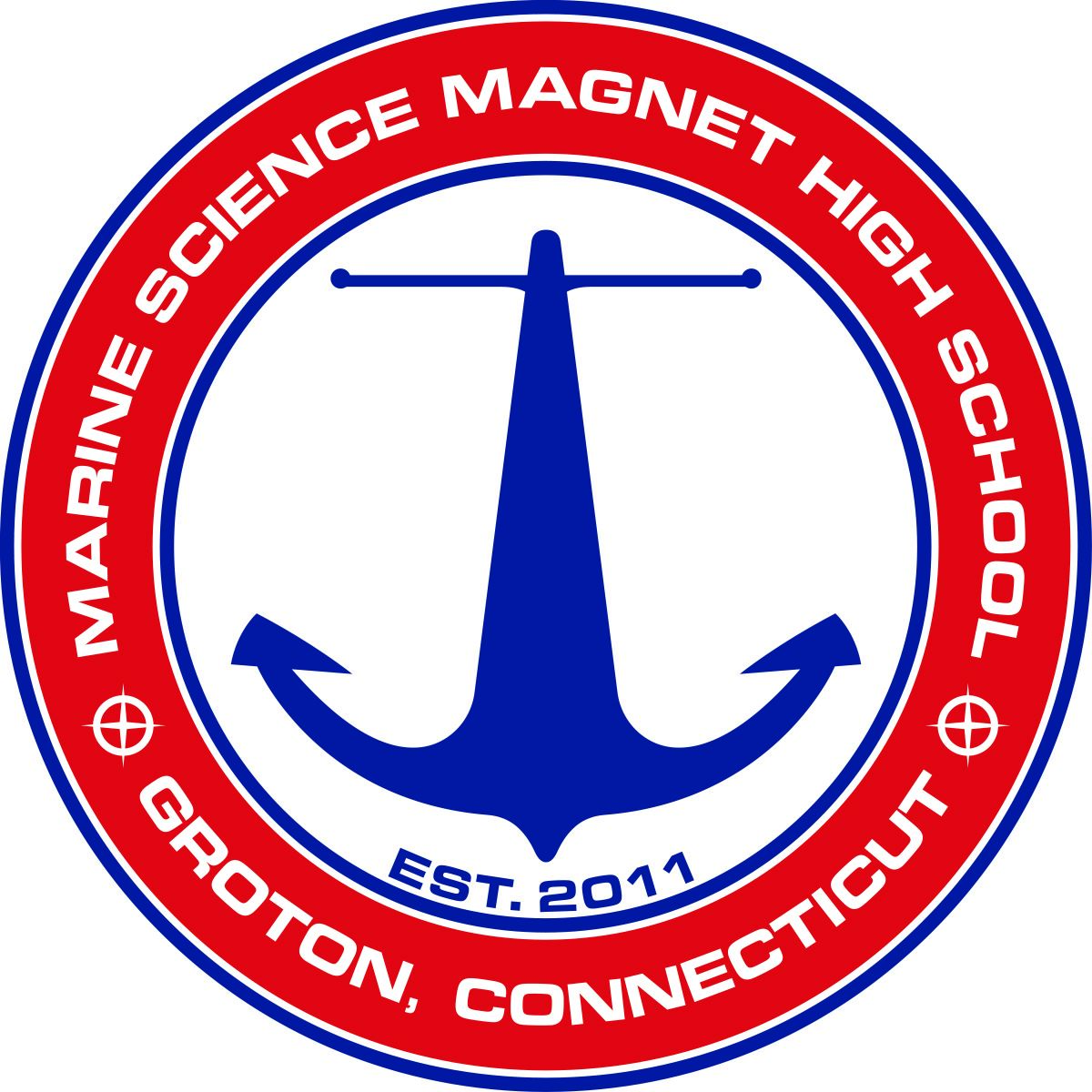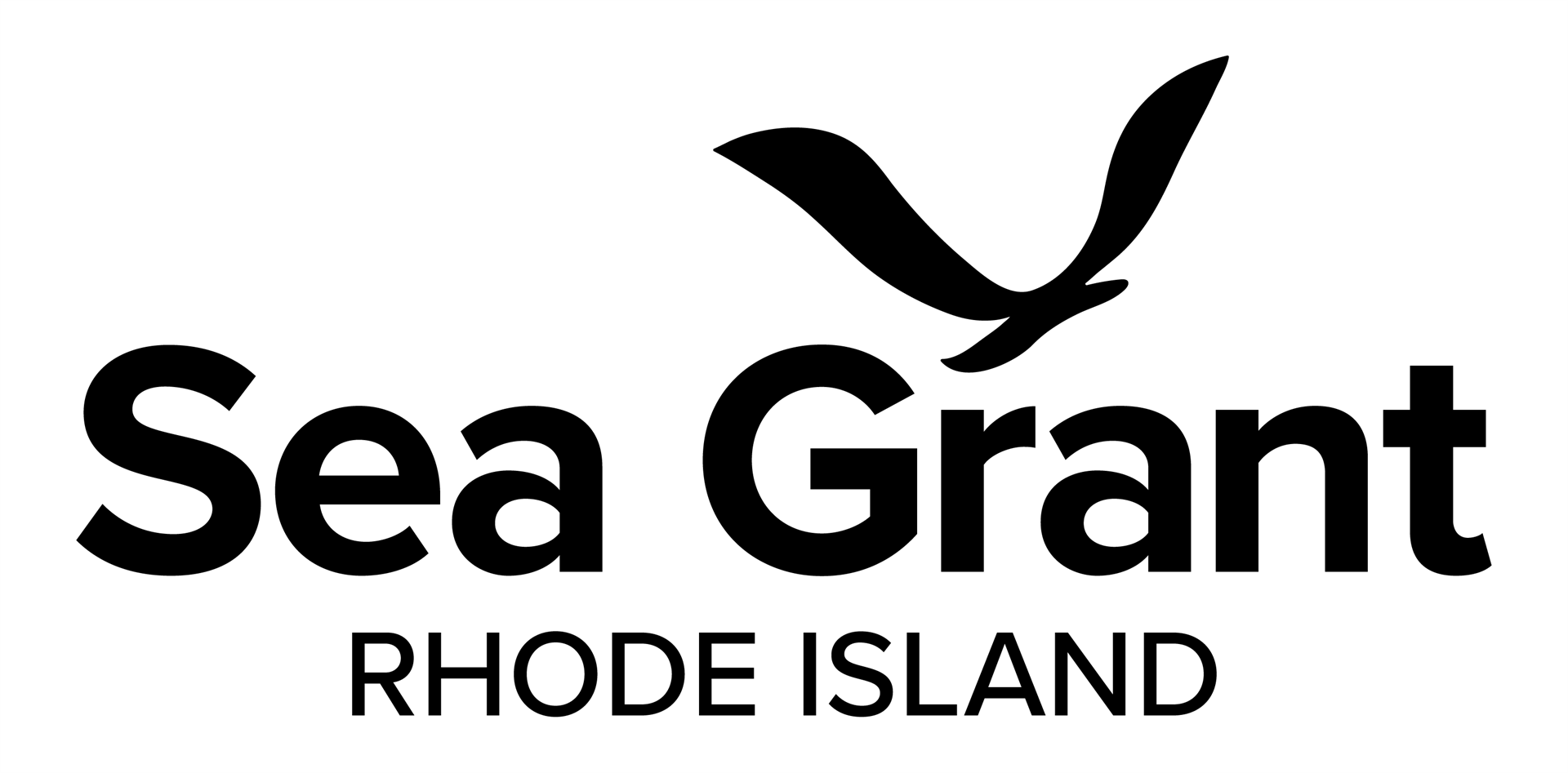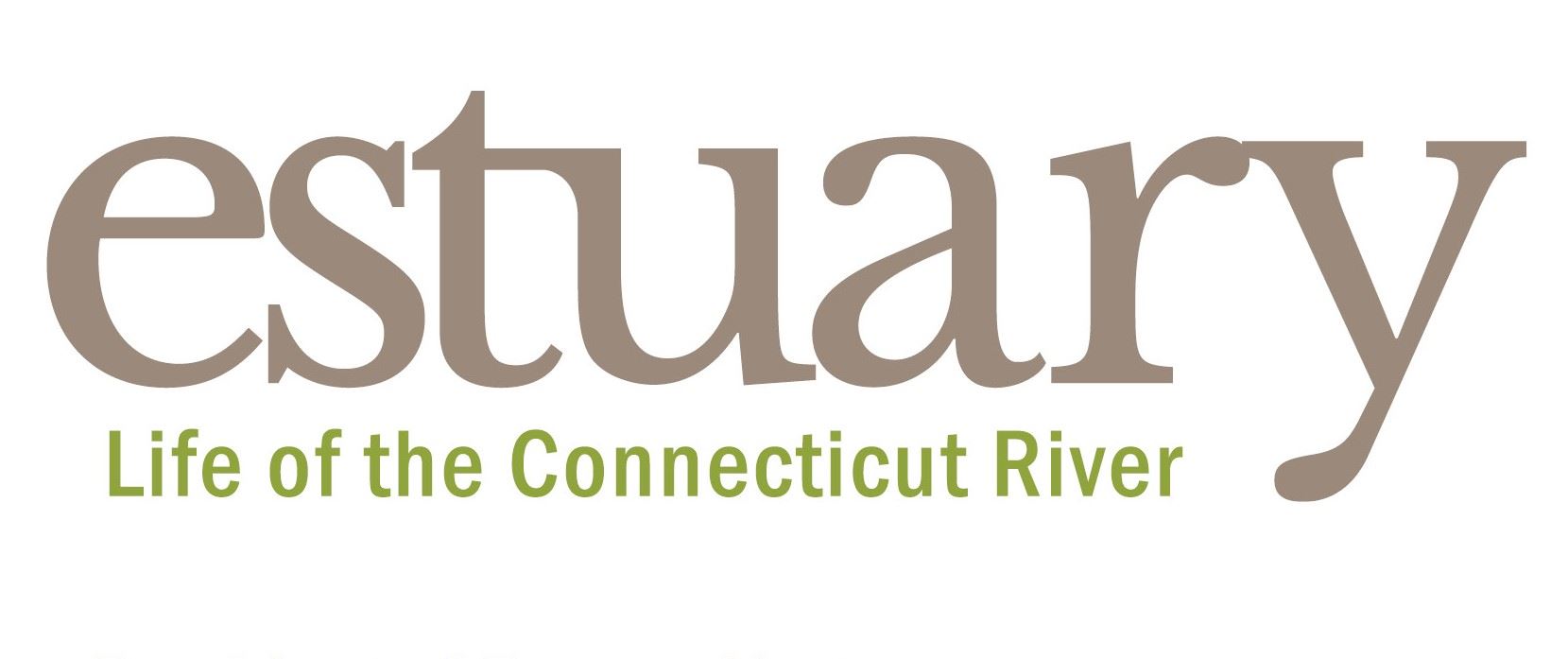 Help SENEME celebrate 40 years at our upcoming conference! Engage with educators and professionals in the marine science field with informative speaker sessions, networking opportunities, a silent auction, and a field trip to the Connecticut National Estuarine Research Reserve. The event features Patrick J. Lynch, an author, artist, and photographer speaking on “A Tale of Two Estuaries”, along with Dr. James T. Carlton providing a special presentation on his work with Williams-Mystic College’s Coastal and Ocean Studies Program at the Mystic Seaport.
Help SENEME celebrate 40 years at our upcoming conference! Engage with educators and professionals in the marine science field with informative speaker sessions, networking opportunities, a silent auction, and a field trip to the Connecticut National Estuarine Research Reserve. The event features Patrick J. Lynch, an author, artist, and photographer speaking on “A Tale of Two Estuaries”, along with Dr. James T. Carlton providing a special presentation on his work with Williams-Mystic College’s Coastal and Ocean Studies Program at the Mystic Seaport.

SENEME Fall Conference October 14, 2023 Itinerary
Marine Science Magnet High School
130 Shennecossett Rd, Groton, CT 06340
Please note the updated workshops.
| Time |
Event |
| 8:30 - 9:00 AM |
Registration / Exhibits Open / Coffee and Tea / Workshop selection |
| 9:00 - 9:45 AM |
Opening remarks, Keynote
“A Tale of Two Estuaries”
Patrick J. Lynch, author of A Field Guide to Long Island Sound
|
| 10:00 - 10:45 AM |
Workshop Session A
- The Long Island Sound Schools Network: Connecting Schools Across the Sound, D. Payne & M. Marrero
- The NOAA B-Wet Tacklebox: Resources for Teaching Experiential Education in Alternative School Settings, N. Quaratella & H. King
- The Living Seashore, P. Pellegrino
|
| 11:00 - 11:45 AM |
Workshop Session B
- Using Art to Communicate Science Ideas, V. Cournoyer
- Climate Change and Stranding Response, Francesca Battaglia
- Project-Based Learning in a Marine Science Classroom, A. Wasley
|
| 11:45 - 12:30 PM |
Lunch and Annual Meeting |
|
12:30 - 1:15 PM
|
Special Presentation
“The Age of Invasive Species Meets the Age of Plastics: How Tsunamis, Ocean Rafting, Coastal Development, and Climate Change May All be Related”
Dr. James T. Carlton Director Emeritus, Williams-Mystic Maritime Studies Program
|
| 1:30 - 2:15 PM |
Workshop Session C
- Promoting Stewardship - Take Science Outside!, S. Unger
- Climate Change and Art, Susan Quincy
- MSMHS Aquaculture Lab Tour, A. Ferland and MSMHS Students
|
| 3:00 - 5:00 PM |
NERR Field Trip to Bluff Point State Park
(Or indoor presentation in case of heavy rain) Larissa Graham, Education Coordinator, CT National Estuarine Research Reserve
|

Keynote Presentation 9:00-9:45 AM
A Tale of Two Estuaries
Patrick J. Lynch
Connecticut’s two largest riverine estuaries have long been recognized as world-class natural treasures, also rich with the human history of our region. The two very different characters of the Connecticut River and the Thames River estuaries are due to accidents of geology that determined their fates. We owe the gorgeous rural character of the Lower Connecticut River to vast amounts of sediments left behind by the Ice Age glaciers, which prevented the development of large ports on the Connecticut. The historical importance of the Thames River ports of New London and Groton grew from the deep natural harbors of the Thames estuary. Both rivers have been critical to New England’s natural history and human development, and both estuaries are now part of the new Connecticut National Estuarine Research Preserve. This talk will compare and contrast the Thames and Connecticut River estuaries, emphasizing the natural history of our regional estuaries and coastal habitats.
Patrick J. Lynch is an artist, photographer, and author who has written ten books published by Yale University Press, including "A Field Guide to Long Island Sound.". His next book, "A Field Guide to the Connecticut River," will be published by Yale Press in the spring of 2024.
Session A 10:00-10:45 AM
The Long Island Sound Schools Network: Connecting Schools Across the Sound
Diana Payne, UConn & Connecticut Sea Grant
Meghan Marrero, Mercy College
Interested in joining like-minded educators in protecting the Long Island Sound watershed and inspire the next generation of stewards? Mini-grants to implement school-wide and/or community projects and stipends for two teachers from your school to make it happen? How about the possibility of travel funds to present at SENEME, NYSMEA, and even NMEA conferences? Or connections with USA and international Blue Schools communities? Join us to learn about this exciting opportunity for schools in the Long Island Sound watershed! (ES, MS, HS)
The NOAA B-Wet Tacklebox: Resources for Teaching Experiential Education in Alternative School Settings
Nina Quaratella and Hannah King
New England Science & Sailing Foundation (NESS)
This session will highlight developed resources and best practices identified through a partnership between NESS and Natchaug Clinical Treatment Day Schools. Through a research cohort of alternative school teachers, in tandem with hands-on student programming in-school and on the water, we have identified best practices of delivering experiential programming focused on academic growth and social and emotional learning. We will dive into the activities and free lesson plans that have come out of the teacher research cohort, as well as review the program takeaways. (ES, MS, HS)
The Living Seashore
Peter E. Pellegrino, Ph.D.
Southern Connecticut State University
The Living Seashore is a PowerPoint based, interactive, multimedia program that combines live video footage of shallow water invertebrates along with physical descriptions of habitats and organisms. The interactive format allows the user to control the flow of information. This program allows the viewing of living invertebrates with their natural colors rather than just looking at lifeless, contorted, colorless preserved specimens. This program will allow the user to gain the true essence of these animals and to appreciate their natural beauty. (HS, College)
Session B 11:00-11:45 AM
Using Art to Communicate Science Ideas
Valerie Cournoyer
Amity Regional Schools, Woodbridge, CT
Creating and sharing art is an effective way to communicate science ideas. This is evident in the examples shared by two of our guest speakers today, Patrick Lynch, visual artist and field guide author and Dr. James T. Carlton, Mystic-Williams College whose work on marine debris has been featured in the new art exhibit at Mystic Seaport called “Oceanus” by Alexis Rockman.
In this workshop we will make an optical illusion artform called an agamograph. This art is well suited to show concepts including cause and effect, before and after, stability and change and more! Perfect for climate change impacts and solutions, tides, nocturnal and diurnal activity in habitats and glaciation (to name a few!) Two pictures are drawn (or printed), cut apart and alternately sequenced. One side of the agamograph will show the before image and the other will illustrate the after. Students create labels explaining their concepts and display work at school. The lesson and student work will be available.
Valerie will also describe the Amity School District STEAM Day event bringing 5th graders to the high school for a fun-filled day of science. (All)
Climate Change and Stranding Response
Francesca Battaglia
Mystic Aquarium
Mystic Aquarium's Animal Rescue Program responds to marine mammals and sea turtles along the coastline of CT, RI, and Fishers Island, NY. Every animal that the program responds to allows for the opportunity to collect valuable data that can be used to assess an individual animal's health and learn more about the population as a whole. Each animal tells us a story about the environment that they come from. To gain a better understanding of the potential impacts of climate change and other environmental factors, Mystic Aquarium is working to gather important information to monitor health, physiology, and movements, of marine mammal and sea turtle species in relation to the everchanging ocean environment. (All)
Project-Based Learning in a Marine Science Classroom
Anthony Wasley
Hall High School, West Hartford, CT
Research projects can be done in the science classroom with corals in aquariums. We will discuss how students can conduct 10-12 week experiments on corals by changing variables such as lighting, feeding, interactions with other corals, and more while students measure coral growth along the way. In addition, we will discuss how marine aquarium care can be embedded in your curriculum through journal assignments. (HS)
Special Presentation 12:30-1:15 PM
The Age of Invasive Species Meets the Age of Plastics: How Tsunamis, Ocean Rafting, Coastal Development, and Climate Change May All be Related
Dr. James T. Carlton
This is the remarkable story of how nearly 400 living Japanese species were rafted to North America and Hawaii on marine debris after the March 11, 2011 Great Earthquake & Tsunami in Japan, and the discovery that plastic marine debris facilitates the dispersal of marine species and has led to the establishment of coastal animals in the Great Garbage Patch.
Dr. James T. Carlton is Professor of Marine Sciences Emeritus at Williams College and Director Emeritus of the Williams College-Mystic Seaport Maritime Studies Program. His research focuses on the environmental history of coastal marine ecosystems, including invasions of non-native species and modern-day extinctions in the world’s oceans. His research sites include the Pacific and Atlantic coasts of North America, the Hawaiian Islands, and the Galapagos Islands.
Session C 1:30-2:15 PM
Promoting Stewardship- Take Science Outside!
Susan P Unger, PhD
St Peter School, Warwick, RI
A description and proposed model for a local field trip promoting stewardship of natural resources. Students walked to a local park with a variety of ecosystems, both land and sea-based, and participated in authentic Science research. (ES, MS)
Climate Change and Art
Susan Quincy
Connecticut Department of Energy and Environmental Protection
Telling the story of science is important when connecting with audiences especially around important topics requiring community action such as Climate Change. Art has expanded as an important part of visualizing, understanding, and messaging of data in science presentations and articles. Learn how to make it part of your classrooms to help engage all learners. Educators will use Project WET 2.0 and Climate, Water, and Resilience Materials to make murals, graphic data related to local issues. Lessons in these materials will focus on watershed topics of human impacts, change over time, and resiliency actions. (ES, MS, HS)
Tour the Marine Science Magnet High School
Amy Ferland and MSMHS Students
Visit the state-of-the-art freshwater and saltwater aquaculture labs and learn why MSMHS has been nationally recognized as one of the best high schools in Connecticut and the nation. The Marine Science Magnet High School, established in 2011, is a public, interdistrict magnet high school serving Connecticut students in grades 9-12. MSMHS offers an extensive array of marine science themed programs and opportunities, as well as academically rigorous college preparatory opportunities that meet the needs of all students. (MS, HS)
Field Trip 3:00-5:00 PM
Exploring the Connecticut National Estuarine Research Reserve
Larissa Graham
Education Coordinator, Connecticut National Estuarine Research Reserve
Long Island Sound is considered one of Connecticut's Greatest Natural Treasures. It provides countless recreational opportunities, serves as a critical habitat for fish and other marine wildlife, and improves the quality of life in Connecticut. Designated in 2022, the Connecticut National Estuarine Research Reserve is one of 30 Research Reserves in the country that are focused on research, education, and stewardship of estuarine ecosystems. With more than 52,000 acres of marsh, upland, and open water, the Reserve provides essential habitat for wildlife, offers educational opportunities for students, teachers, and the public, and serves as a living laboratory for scientists. During this field trip, you’ll travel to one of the Reserve sites – Bluff Point State Park – to learn about this special place and get your hands wet collecting data of your own. Participants should dress for the outdoors and be prepared to walk approx. 3 miles.
Fall Conference Workshop Descriptions.pdf Thank you to our conference sponsors!
Thank you to our conference sponsors!
Estuary Sponsors


 Salt Marsh Sponsors
Salt Marsh Sponsors

 Sandy Beach Sponsors
Sandy Beach Sponsors




